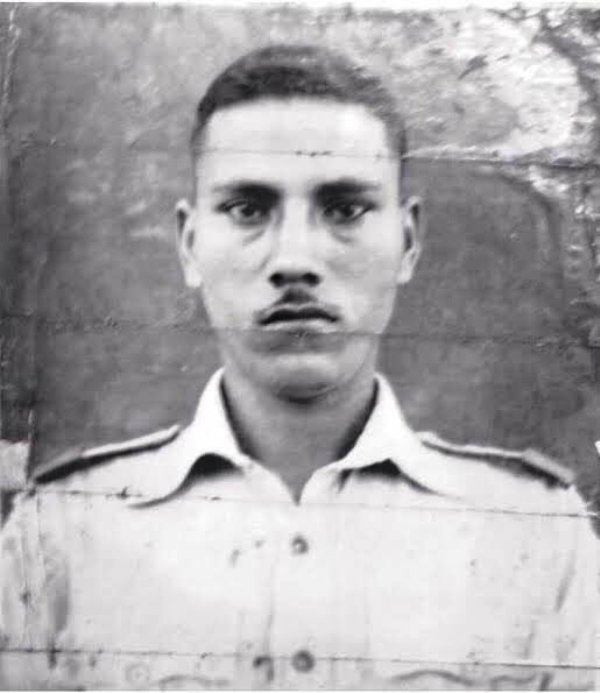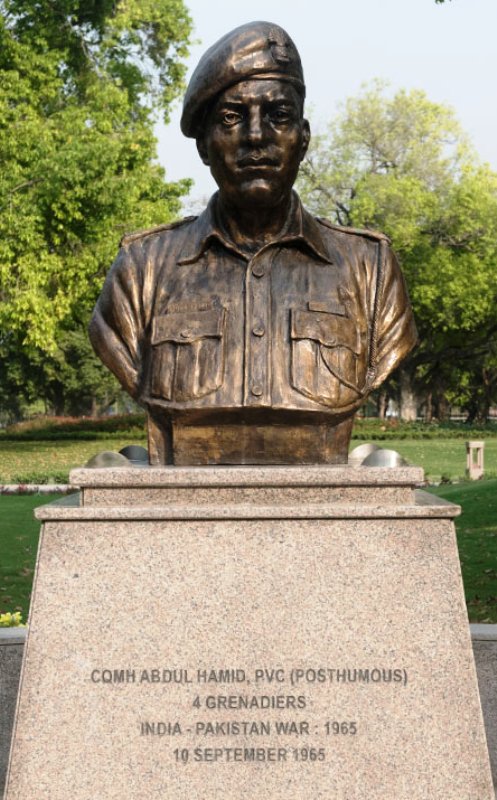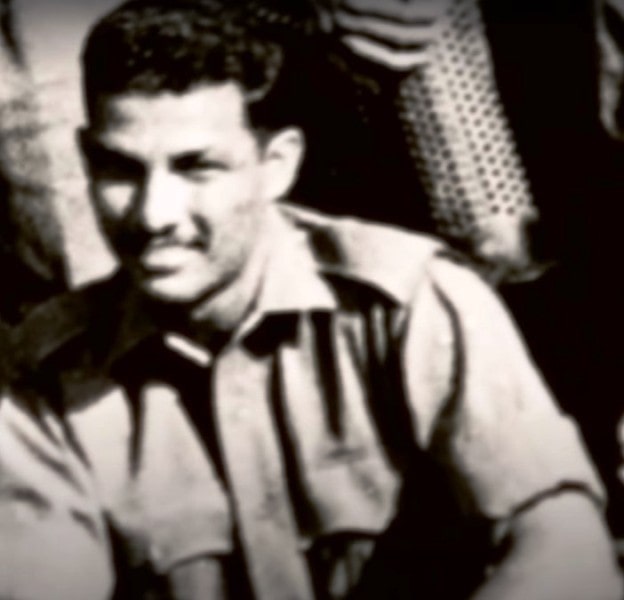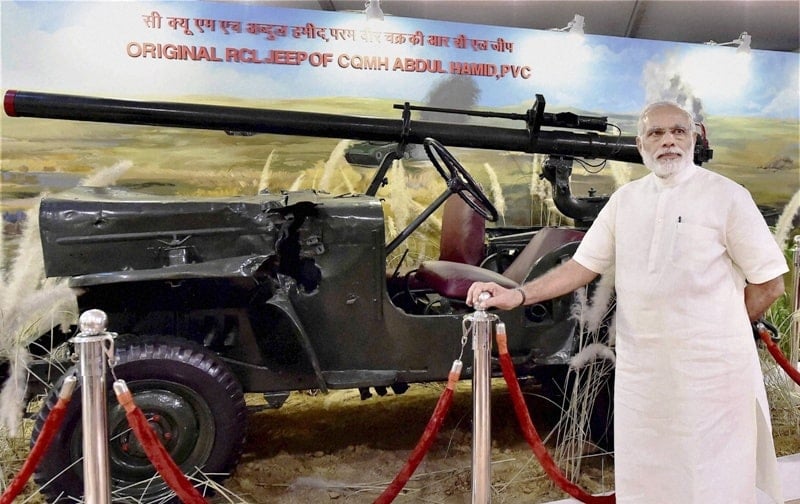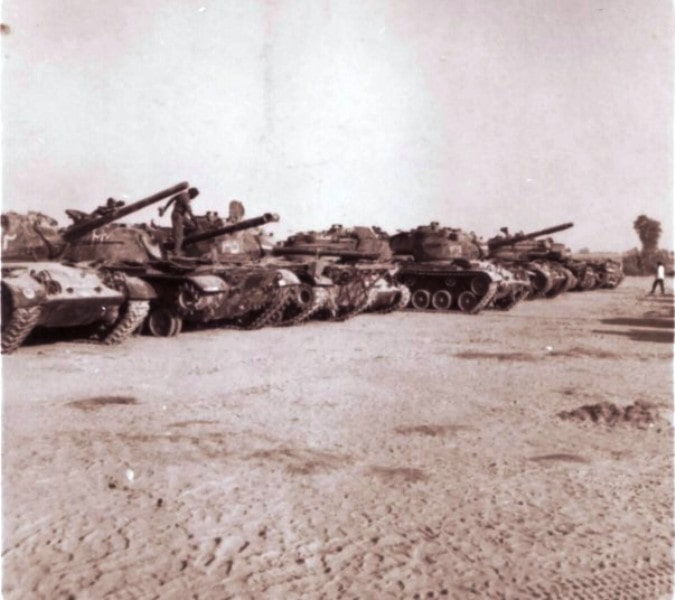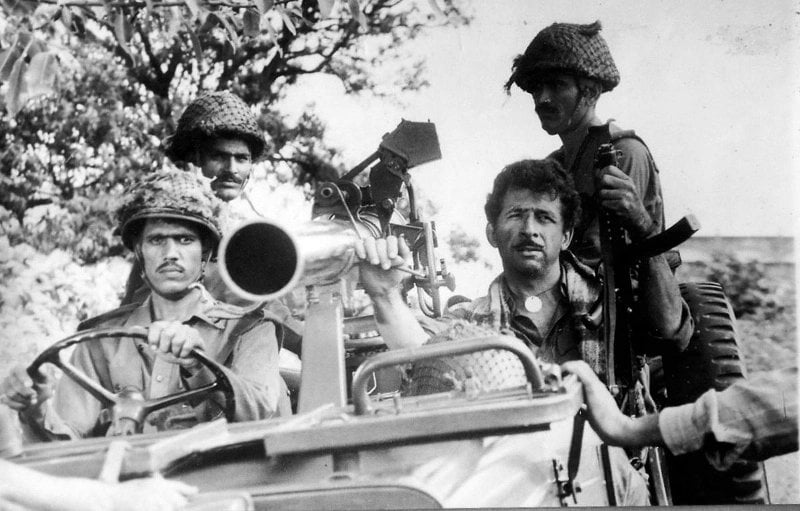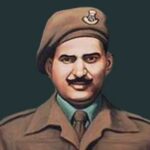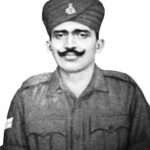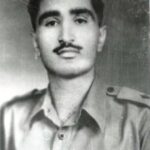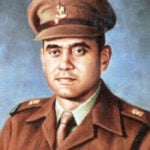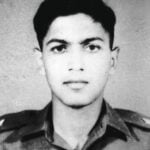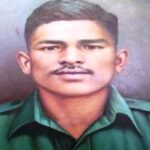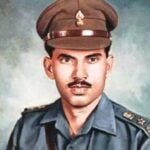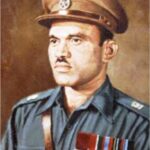Vir Abdul Hamid Age, Death, Wife, Family, Biography & More
| Bio/Wiki | |
|---|---|
| Profession | Army Personnel |
| Famous for | The Battle of Asal Uttar |
| Military Service | |
| Service/Branch | Indian Army |
| Rank | Company Quarter Master Havildar |
| Service Years | 1955-1965 (till his death) |
| Unit | 4th Battalion of the Grenadier Regiment |
| Service Number | 2639985 |
| Awards, Honours, Achievements | • The Param Vir Chakra.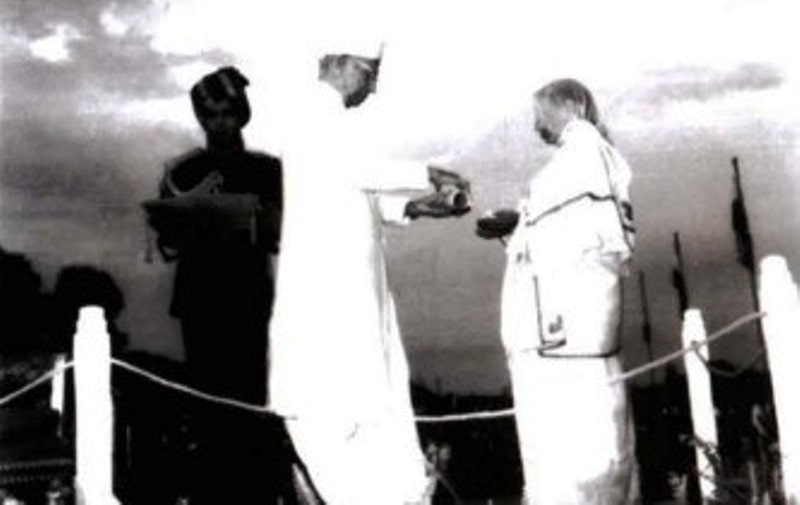 • On 10 September 1979, the Army Postal Service Corps released a postal cover in the memory of the brave war hero. 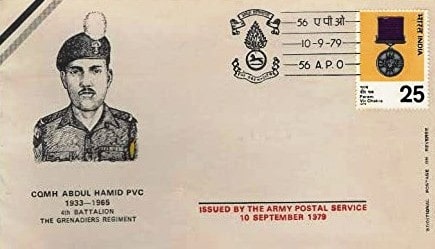 • On 26 January 2000, the Government of India released a series of postal stamps in the memory of the brave soldier. 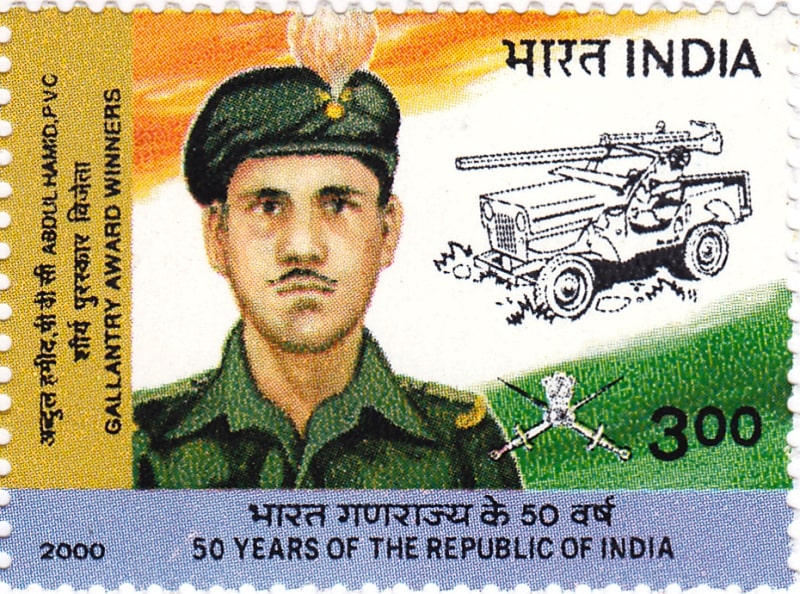 • On 10 September 2017, Late General Bipin Rawat inaugurated Abdul Hamid's memorial at Ghazipur, Uttar Pradesh. 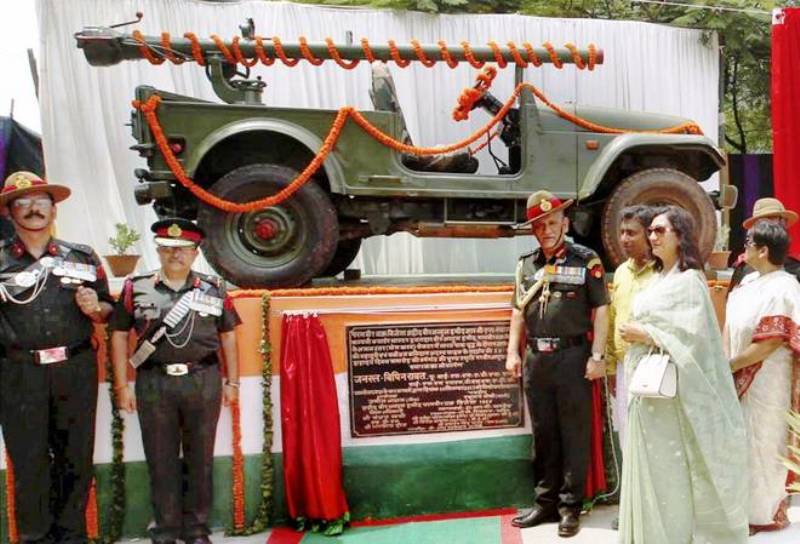 • In honour of the brave soldier, the Indian Army constructed a Mazar at Asal Uttar village in Punjab. 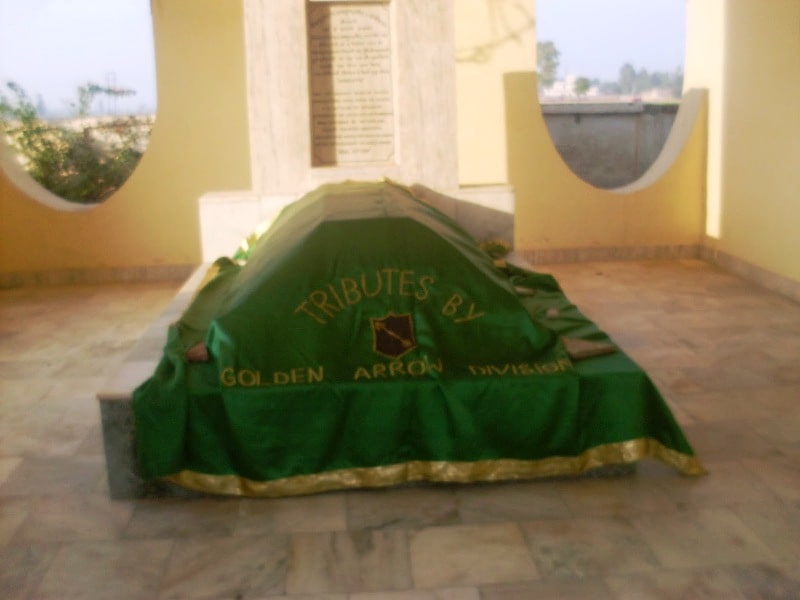 • At Dharampur, which is Abdul's hometown, the Government of India has made a memorial. 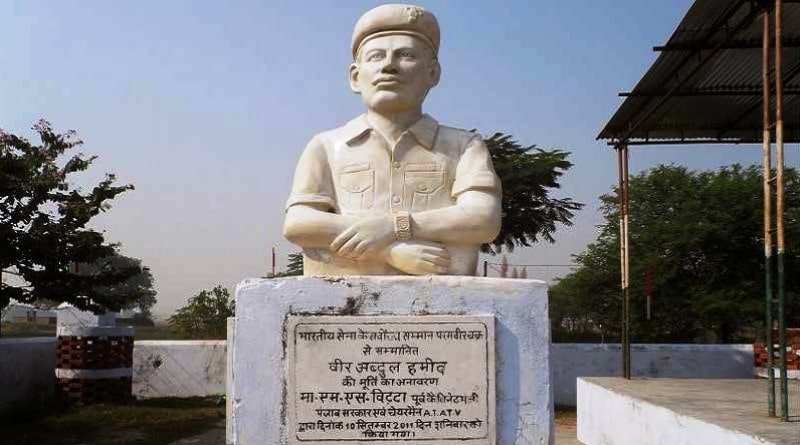 • During his service, Abdul Hamid was also awarded the Samar Seva Star, Raksha Medal and Sainya Seva Medal • Abdul Hamid's bust has been installed by the Indian Army at the Jodhpur military station. 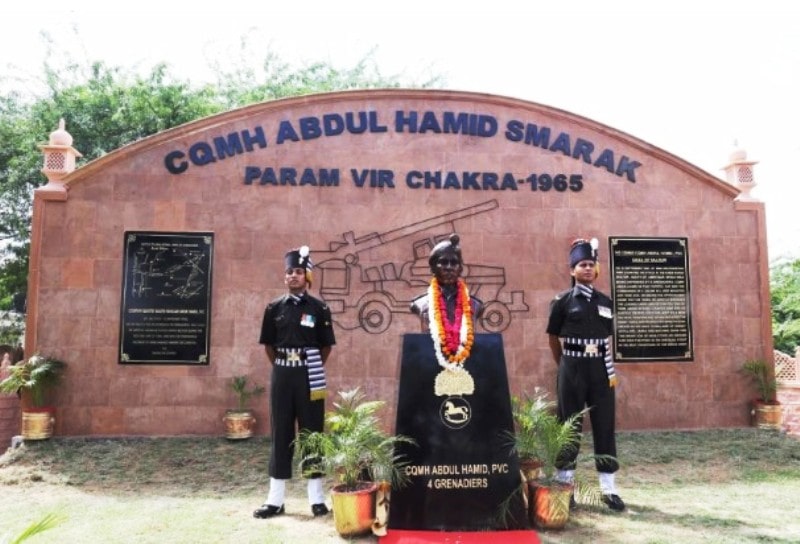 |
| Personal Life | |
| Date of Birth | 1 July 1933 (Saturday) |
| Birthplace | Dharampur village, Ghazipur district, United Province (now Uttar Pradesh), British India (now India) |
| Date of Death | 10 September 1965 |
| Place of Death | Khem Karan, Tarn Taran district, Punjab, India |
| Age (at the time of death) | 32 Years |
| Death Cause | His RCL jeep was struck by an enemy tank's shell. [1]The Indian Express |
| Zodiac sign | Cancer |
| Nationality | • British Indian (1933-1947) • Indian (1947-1965) |
| Hometown | Dharampur village, Ghazipur district, Uttar Pradesh, India |
| School | • Primary School, Dhamupur • Junior High School, Deva |
| Educational Qualification | He studied till class 8th in his village. [2]The Brave: Param Vir Chakra Stories |
| Religion/Religious Views | Islam [3]Sankalp India Foundation |
| Relationships & More | |
| Marital Status (at the time of death) | Married |
| Marriage Date | Year, 1947 |
| Family | |
| Wife/Spouse | Rasoolan Bibi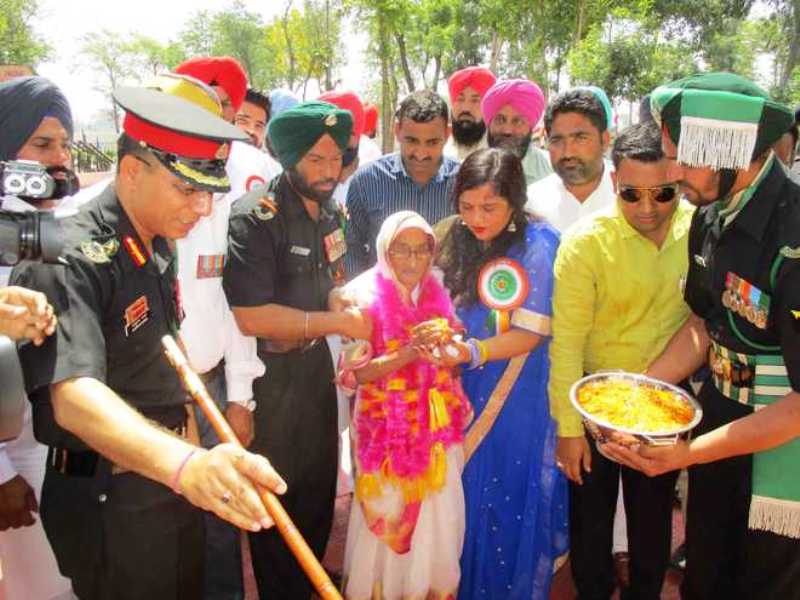 |
| Children | Son(s)- 4 • Junaid Alam 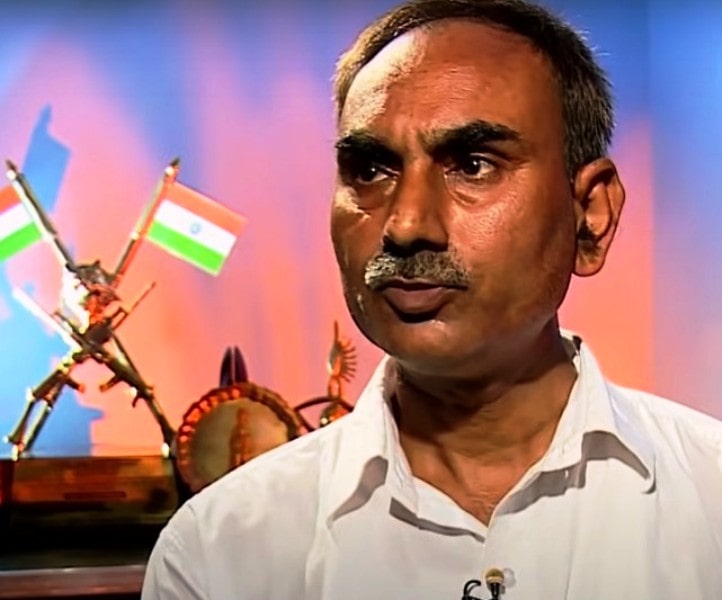 • Ali Hasan (died at the age of 61 due to COVID-19) 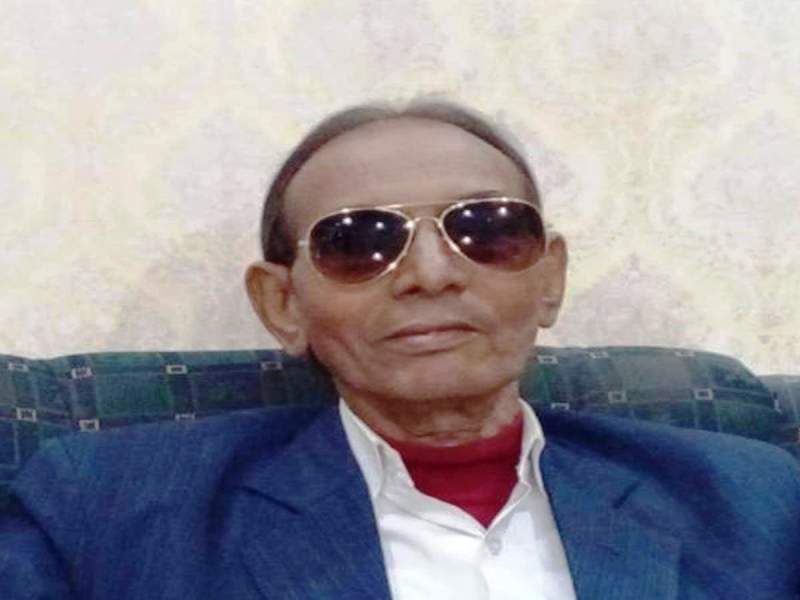 • Zainul Hasan (army personnel) • Talat Mehmood (army personnel) Daughter- 1 • Nazbun Nisha 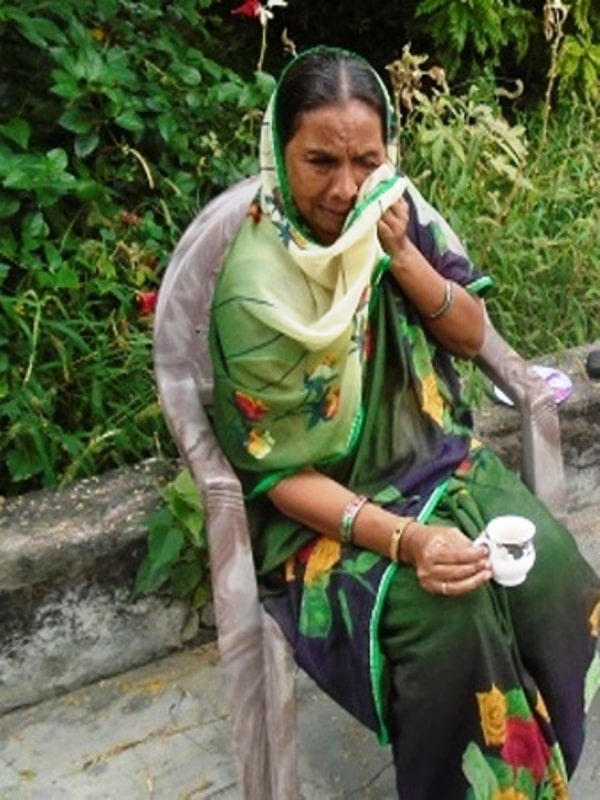 |
| Parents | Father- Mohammad Usman (a tailor by profession) Mother- Sakina Begum |
| Siblings | Abdul Hamid had 3 brothers and 2 sisters |
Some Lesser Known Facts About Abdul Hamid
- Company Quarter Master Havildar Abdul Hamid was a non-commissioned officer in the Indian Army. He was awarded the nation’s most prestigious gallantry award, the Param Vir Chakra, posthumously. During the 1965 India-Pakistan war, Abdul Hamid was deployed on the Western front, at the Punjab border, and participated in the Battle of Asal Uttar. Abdul Hamid died on 10 September 1965, while defending his position from the Pakistani armoured assault.
- Since his childhood, Abdul had always dreamt of joining the Indian Army. Although, his decision of joining the Indian Army was not supported by his family. Abdul Hamid, at the age of 20, took part in the army’s recruitment rally at Varanasi; from where he was selected for the training at the Grenadier Regimental Center.
- In 1955, Abdul Hamid completed his military training and joined, the 4th Battalion of the Grenadier Regiment.
- Abdul also fought in the 1962 Sino-Indian War. During the war, his unit was a part of India’s 7th Mountain Division. The division was tasked to defend the Namka Chu area, in Arunachal Pradesh, from the Chinese aggressors.
- Abdul and his unit, 4 Grenadiers, fought valiantly against the Chinese forces, but soon the unit had exhausted its ammunition and other resources as well. The unit was given the order to withdraw back to safer lines. The task was much easier said than done because the Chinese troops had cut off the entire unit’s escape route.
- The only way through which the battalion could withdraw to the safer lines was by crossing into the Bhutanese territory and bypassing the Chinese forces. [4]The Grenadiers: A Tradition of Valour
- Abdul Hamid was severely disappointed by the events that had unfolded during the war with the Chinese. In her book, The Brave: Param Vir Chakra Stories, Rachna Bisht Rawat wrote,
He fought in the ‘62 war in Thag La, then in the North-East Frontier Province, as part of the 7 Mountain Brigade, 4 Mountain Division, and came back disappointed with the war.”
- After the end of the 1962 Sino-Indian War, Abdul’s unit was moved to Ambala in Punjab. There, he was promoted to the rank of the Havildar and was given the charge of an administrative company.
- After the 1962 war, India, under its re-armament programme acquired 106 mm Recoilless (RCL) Guns from Russia. Abdul Hamid was among the few selected soldiers of the Indian Army, who was sent to train on the new guns.
- After returning from his training, Abdul was transferred from the rifle company to the anti-tank detachment of 4 Grenadiers.
- In September 1965, the Pakistani military launched Operation Gibraltar, in an attempt to snatch Kashmir from India’s hands. India retaliated against Pakistan’s aggression by attacking Pakistan’s Punjab province.
- Abdul along with his unit, 4 Grenadiers, was tasked to move to the Khem Karan sector in Punjab and set up defences around the Cheema village.
- There was a shortage of trained anti-tank detachment commanders in 4 Grenadiers, so, Abdul was made the commander of a squadron of RCL jeeps.
- Cheema village was strategically important for India; had India lost its control over it, Pakistan would have captured a large chunk of Indian land in Punjab.
- Abdul arrived at Cheema village on 8 September 1965. His unit had brought the newly inducted RCL guns with them. The area was surrounded by lush sugarcane crops, providing a good cover to the defenders against the Pakistanis.
- On 8 September 1965, at around 9 am, Abdul noticed the movement of Pakistani armoured columns. He spotted 3 tanks, along with infantry, moving towards the 4 Grenadier’s forward location.
- Abdul kept his calm and waited for the Pakistani tanks to come into the effective firing range of his RCL jeep. The author Rachna Bisht Rawat wrote in her book,
The fields are rustling with sugar cane and even as Hamid sits in the passenger seat of his jeep, which has mounted on it a recoilless (RCL) gun, he can hear the wind. The jeep trundles over a narrow mud track ahead of Cheema village. Hamid knows Pakistan has launched an attack with a regiment of Patton tanks that has barged right into the forward position. He hears the rumble of armour first and then catches sight of a few tanks that are heading towards his battalion.”
- Upon coming under the firing range of the RCL guns, the unsuspecting leading enemy tank was blown to pieces. This struck fear and panic among the remaining crew of the other 2 Pakistani tanks; they abandoned their tanks and ran away. In her book, author Rachna Bisht Rawat wrote,
The tank is burning in front of his eyes. Hamid and his men rejoice. ‘Shabaash!’, Bravo, he mouths and they exchange wide smiles. They spot the crew of the two following tanks dismount and run away. Hamid orders the driver to reverse and move.”
- On the same day, at 11 am, the Pakistani forces regrouped and re-attacked the 4 Grenadier’s forward location. This time, the Pakistanis had brought 3 new tanks. Abdul and his anti-tank detachment were aware of the Pakistani movement and were silently waiting for the tanks to come under their firing range.
- As soon as the tanks came within the effective firing range, Abdul opened fire at the leading tank, destroying it completely. The remaining crew members of the other 2 tanks also abandoned their tanks and escaped.
- On 9 September 1965, Abdul destroyed 2 more enemy tanks. By the end of the day, Abdul had destroyed 4 enemy tanks and had captured 4. For this, he was recommended for the Param Vir Chakra. Rachna Bisht Rawat, in her book, stated,
That night Abdul Hamid sleeps well. He is happy with his achievement. His citation has been sent for a Param Vir Chakra (PVC). It credits him with the destruction of four tanks.”
- On 10 September 1965, Abdul noticed a large number of Pakistani tanks, followed by the infantry, moving towards their location. Abdul and his men were waiting for the tanks to get within the RCL guns’ firing range. They were waiting under the perfect camouflage provided by the sugarcane field’s thick foliage.
- As soon as the tanks came under the firing range of the RCL guns, Abdul ordered his men to open fire upon the tanks. But this time, the number of tanks was very high, and they traced the exact location from where the Indian troops were firing.
- The Pakistani tanks began concentrating a heavy volume of fire on the sugarcane field. Abdul moved his jeep from one place to another, while aiming and firing at the enemy tanks.
- While moving, Abdul aimed at one of the tanks; which in turn was also aiming at Abdul’s RCL jeep. Even though Abdul managed to hit the tank with his RCL gun, the tank also managed to hit Abdul’s RCL jeep, which ultimately led to his martyrdom on the battlefield. Rachna Bisht Rawat, in her book, The Brave: Param Vir Chakra Stories, has explained the situation as,
Another tank slowly lumbers towards him, but he does not have the time to move since they have both spotted each other. Both place each other in their sights and shoot. Both shells hit their targets. There is a loud blast, fire and smoke. Even as the tank is blown up, its shell hits the RCL jeep. The impact flings it in the air. There are screams of pain, a lound crash and then complete silence intercepted only by the crackle of flames. Abdul Hamid is dead. He has blown up a total of seven enemy tanks, even more than an armoured formation can hope for.”
- A plaque erected by 4 Grenadiers, in the honour of CQMH Abdul Hamid states,
Never in the history of warfare have so many tanks been destroyed by any infantry man-a feat achieved by CQMH Abdul Hamid of 4 Grenadiers who destroyed 8 Pakistani Patton Tanks with this 106 recoilless gun before laying down his life for the nation.”
- The Pakistani Army had fielded their newly inducted, state-of-the-art Patton tanks against India. These tanks were American made tanks and were believed to be indestructible.
- On 10 September 1965, Pakistan Army sent 14 Patton tanks to capture Cheema village.
- The gallant actions of Abdul Hamid, won the 4 Grenadiers, Battle Honour of Asal Uttar and Theatre Honour (Punjab).
- The NCERT book has an entire chapter, named Vir Abdul Hamid, dedicated to him.
- Abdul always prioritised his duty over anything. When his wife asked him to delay his departure for a day, he smilingly refused to do so.
- The day Abdul was to leave on a train, to rejoin his unit at the frontlines, his bedding rope broke and his cycle broke down. This was seen as a sign of misfortune by his wife. The author, Rachna Bisht Rawat, wrote in the book,
Hamid presses his rolled-up bedding with his knee and knots the thick rope binding it together. He is giving it another tug to make the bed roll tighter when the rope suddenly snaps, leaving one half in his hand. The bedding unfolds, spilling the contents. Amongst these is a muffler that Rasoolan Bibi has bought for her husband from a fair in a nearby village. She is in tears. That is a bad omen, she says, Please do not go today.”
- Abdul Hamid’s citation was written on 9 September 1965, as a result of which, he is accredited with destroying 4 Pakistani Patton tanks, whereas, in reality, he had destroyed a total of 8 tanks; 4 more enemy tanks were destroyed by him on 10 September 1965, before attaining martyrdom. [5]The Better India
- Once, a rich zamindar from the neighbouring village gave an open challenge of shooting a specific variety of a bird. Anyone, who could complete the challenge was eligible for a reward. Though the challenge was accepted and completed by Abdul Hamid; he did not go to the Zamindar’s house to collect the prize money. His grandson, Jameel, exclaimed,
Haseen Ahmed, the zamindar of a nearby village, who was a very good marksman, offered a big prize money to anyone who would shoot down a particular bird which Ahmed himself had not been able to do. My grandfather borrowed his friend Bachu’s gun and shot the bird, but refused to go to the zamindar for the prize money. It was Bachu who went there instead and when the zamindar asked for my grandfather to come to collect the prize, he refused, saying, ‘I might be poor, but I don’t go begging to people’s houses.’ The zamindar later had the prize money sent to his house.”
- In 1988, CQMH Abdul Hamid’s role was depicted by the famous veteran actor, Nasiruddin Shah. The show, Param Vir Chakra, was directed by, Chetan Anand, and was aired on D. D. National.
- Abdul Hamid was also interested in sports. He liked partaking in sports such as hunting, swimming, wrestling and gatka; which is a sport which involved the use of swords. [6]The Brave: Param Vir Chakra Stories
References/Sources:

